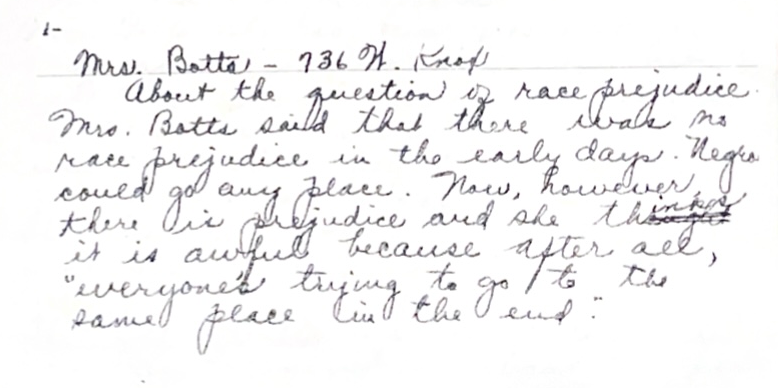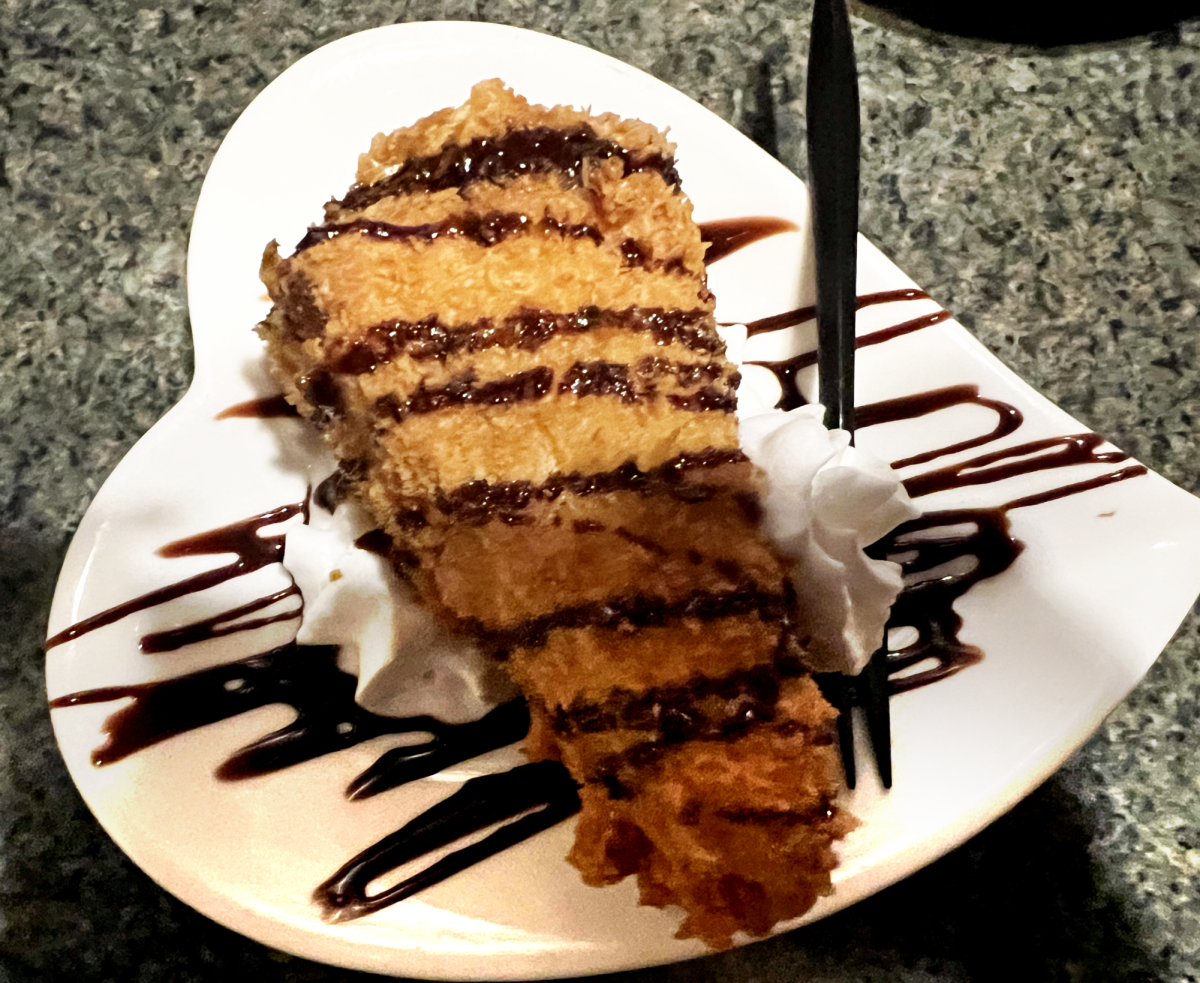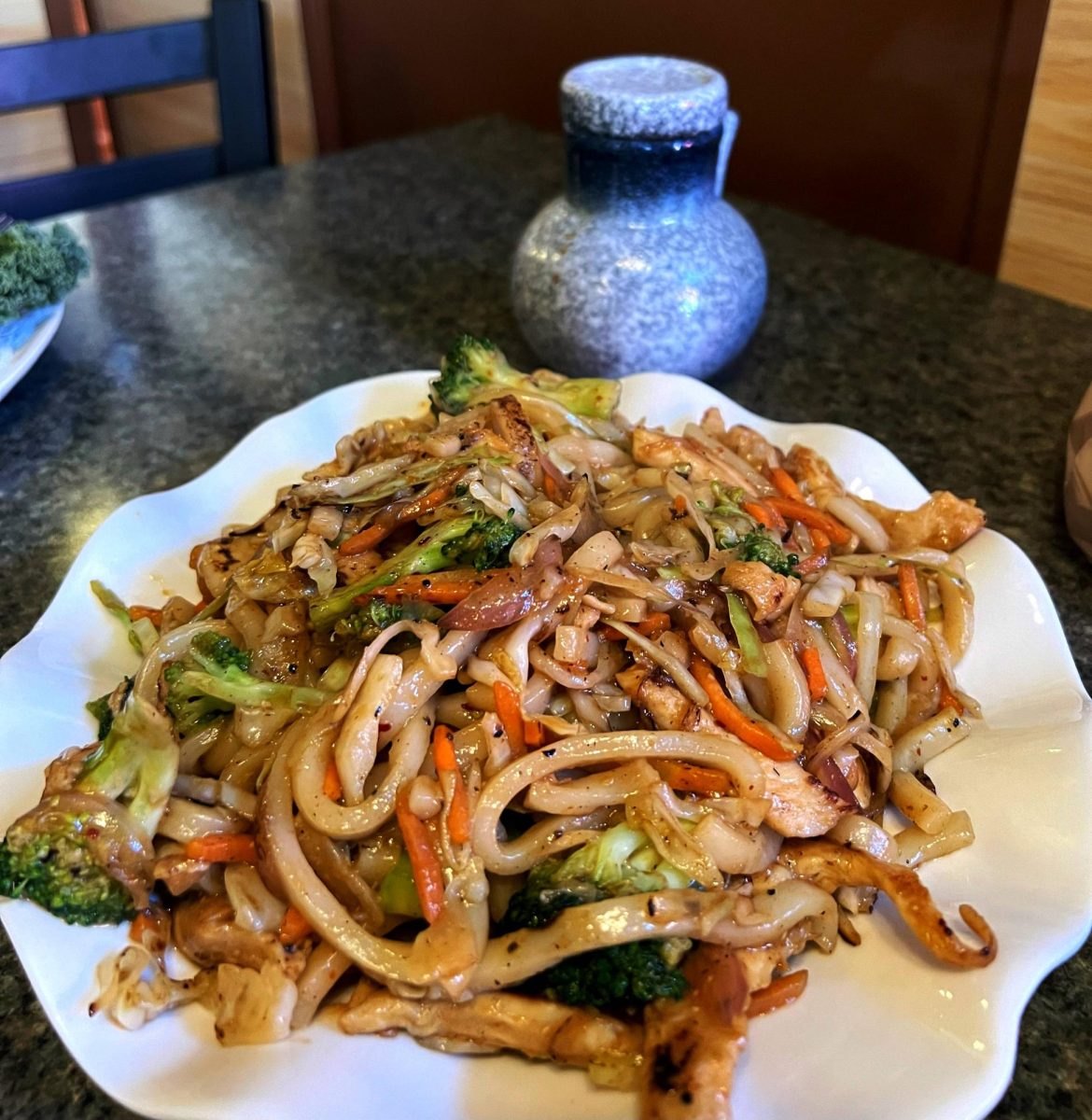While the Hard Knox Café is now open, the dreams of a fully-restored caf are far from realized.
In fact, students may be further away than ever from what the cafeteria ever was. Every meal, students wait easily up to an hour for food that is incredibly analogous to the provisions formerly served from the white tent. What will it take to change things? Would it be better to return back to our prior, tented existence? When, oh when, will I get to sit down to a plate, instead of a to-go box? These are the thoughts, among countless others, that must occupy the minds of the weary and huddled masses as they wait for their plastic-bagged meal to arrive.
This on-campus crisis has coincided with a decidedly off-campus issue I have been facing. Living without a meal plan means there’s nobody there to clean my dishes, soak my beans or restock my fruit supply. Cooking is a great thing, but the time it takes to plan, prep and clean is taking up more time and mental bandwidth than I have to spare. The career center may tell you otherwise, but a cafeteria swipe is the ultimate productivity hack.
I have realized that at this very moment, this is a mutual issue for both on and off-campus students: to get food, one has to devote unreasonable amounts of time. How can this be fixed? In my intense research of the ultimate cost/taste/time balance of many pantry staples, I have arrived at a solution — enter the humble, golden grain of Couscous
Couscous, while resembling the shape of true grains such as rice or millet, is in fact from micro-droplets of semolina flour, so fine in texture that it transcends any adequate comparison. Couscous derives from North Africa, primarily Morocco, where it is an essential, daily source of food.
I am not a religious fellow, but it seems to me that couscous has a striking resemblance to the sand-like manna that descended upon the Israelites during their exodus from Egypt. In a similar fashion, couscous has rained down from on high as a saving grace.
Because it is so fine in texture, the process of cooking couscous is very fast. Just mix 1 cup of couscous, 1.5 cups of water, salt, and bring to a boil. Once boiling has been reached, cover and take it off the heat. Then you can just let it sit for about nine minutes, or the time it takes to quickly respond to about 2.4 emails.
Unlike with pasta, there is no snobby Italian edict to wait until it is “al dente.” Unlike rice, there is no worry of scalded rice and crusted pans. Couscous by nature is forgiving. It is a carb that comforts and reassures.
When you are ready to eat it, top it with any veggie/protein combination of your choice. Traditionally, couscous is prepared as part of an elaborate tagine, which involves moroccan-spiced vegetables and meat.
I am not pretending to be an arbiter of Moroccan cuisine, and hope that you consider learning more about traditional preparations before you spurt ketchup all over it and pretend that you are an expert on couscous.
But, in bleak times, I have found that couscous can serve as a cure to the ails of the Knox student body. Instead of stress-watching TikToks while waiting in line for your ration of potato gratin, perhaps you could treat yourself to a mobile appetizer.
A mug, some hot water, and a sachet of couscous is all you really need to make a simple meal that soothes and delivers.












